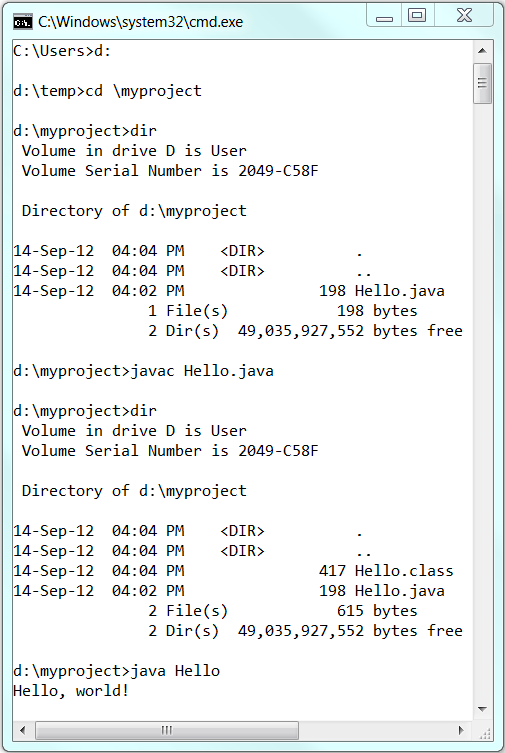Jdk Tool For Mac
After upgrading to a newer version of Mac OS X (Yosemite 10.10 and El Capitan 10.11) or macOS (Sierra 10.12 and High Sierra 10.13), you may end up getting an annoying new pop-up message whenever you start your computer. It says, “To use the java command-line tool, you need to install a JDK.” It asks you to click “More Info” and visit the JDK (Java Developer Kit) download website. The reason you’re receiving this message is due to the removal of Java support in newer versions of OS X for security reasons. Older software such as Adobe Photoshop and Illustrator requires legacy Java support. Without a compatible Java command-line tool for these software, you’ll get this pop-up every time you turn on your Mac computer.
Re: downloading flash player for mac os x 10.5.8 moria330 Sep 15, 2013 3:58 PM ( in response to kerbunner ) I have the same issue with an Intel processor. Support Communities / Mac OS & System Software / Mac OS X v10.5 Leopard. Be careful where you download from, many free sites now attach malware or adware to it, only get from Adobe's site. Question: Q: Adobe Flash Player for Mac 10.5.8 More Less. Apple Footer. Mac users interested in Flash player os x 10.5.8 generally download: Flash Player 26.0 Free Flash Player 10.1 is Adobe's last version of the popular Flash player. 
Jdk 5 free download - 5KPlayer, Apple Mac OS X Lion 10.7.5 Supplemental Update, Apple Mac OS Update 8.6, and many more programs. Java API Documentation Updater Tool repairs-in-place Java API Documentation created with javadoc versions included with JDK 5u45, 6u45, 7u21 and earlier. See the 7u25 release notes for more information.
When you visit the download website to update Java, you find that the issue isn’t resolved! You’re still getting the same pop-up. This isn’t a complicated issue to fix, but it is an indirect one. The problem is that you’re not being routed to the correct download website when you click “More Info.” Apple could have remedied this issue by programming the “More Info” button to direct you to the right fix.
Here are the steps you can take to finally rid yourself of this pop-up.
You can run Java apps in two ways. The first is to run Java applets inside your Web browser with a plug-in. The second is to run native Java apps on your Mac. With the grave security concerns about Java these days, you may be thinking about how to remove or disable both of those Java systems completely from your Mac. This how-to discusses procedures to uninstall/disable both the plug-in ahd the full Java system. It also looks at the differences between Java 6 and Java 7. Java Applets & Plug-ins Many Mac users retain the ability to run Java applets in their browser with a browser plug-in.
Oracle now maintains that plug-in for Mac users. If you, because of recent security alerts, to Java 1.7 (or 'Java 7' in Java-speak) from Oracle, you'll find the plug-in in /Library/Internet Plug-ins.
The file is 'JavaAppletPlugin.plugin' and has the icon shown on the left. Also, when you installed Oracle's Java 7 browser plug-in, you installed a Preference Pane in System Preferences under 'Other.' Oracle's Java Preference Pane That Preference Pane manages the Oracle Java 7 browser plug-in for applets. It will auto-detect that a new version is available, but it will not do the installation. You need to do that yourself under the Update tab.
The Update Tab. Available updates will be presented. Java 7 won't run in Chrome because Chrome is 32-bit and Java 7 is 64-bit. That leaves Safari and Firefox as the remaining major Mac browsers.

Disabling the Browser Plug-in The best way to block the applet plug-in in /Library/Internet Plug-ins for both Safari and Firefox browsers is to disable it in the Java Preference Pane. Uncheck the box circled below and restart your browser. Disable Java for browsers.